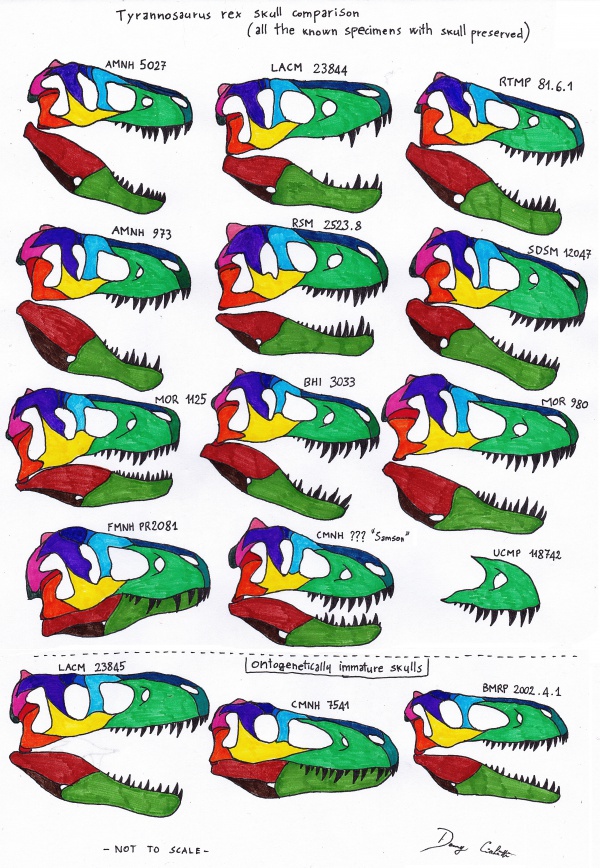Facts About Specimens of Tyrannosaurus
Tyrannosaurus rex, one of the most iconic dinosaurs, has been unearthed in numerous specimens, each providing unique insights. Here are some of the standout discoveries:
1. Manospondylus: AMNH 3982: This is the earliest fossil associated with T. rex. Initially named *Manospondylus gigas*, it was later identified as part of a theropod dinosaur. The fragmentary vertebrae rendered immediate confirmation as T. rex difficult.
2. Dynamosaurus: BMNH R7994: The holotype of T. rex, initially referred to as AMNH 973, was discovered in Montana in 1902. Another specimen, AMNH 5866, was named *Dynamosaurus imperiosus*. Eventually, scientists recognized both as belonging to the same species, with *Tyrannosaurus rex* becoming the officially accepted name.
3. Holotype: CM 9380: This critical specimen was used to formally describe T. rex. Found in 1902 by Barnum Brown, it was later reconstructed to reveal its estimated size and weight. To safeguard it during World War II, it was sold to the Carnegie Museum of Natural History.
4. AMNH 5027: Discovered in 1908 by Barnum Brown in Montana, this specimen provided the first complete T. rex skull, highlighting the dinosaur's short, robust neck.
5. Nanotyrannus: CMNH 5741: This nearly complete skull, found in Montana in 1942, is often considered a juvenile T. rex. However, there remains debate over whether it represents a separate species or merely a young T. rex.
6. Black Beauty: RTMP 81.6.1: This well-preserved T. rex fossil, housed at the Royal Tyrrell Museum in Canada, is the 14th most complete T. rex skeleton, featuring 85 original bones.
Other notable specimens such as Stan, Sue, Samson, and Scotty have also immensely contributed to our understanding of T. rex anatomy, growth, and life. Ongoing research and new discoveries continually enhance our knowledge of these legendary dinosaurs.

 Canada
Canada